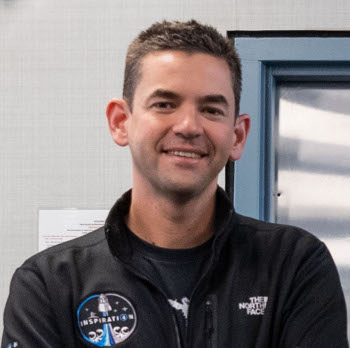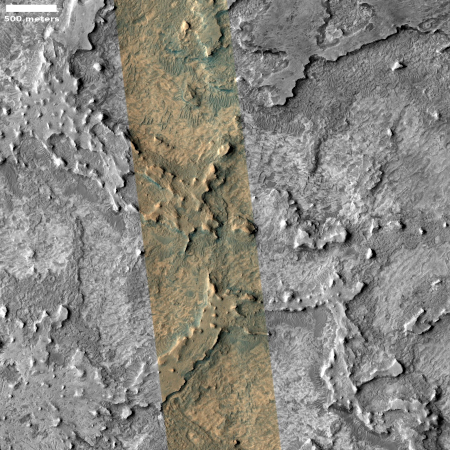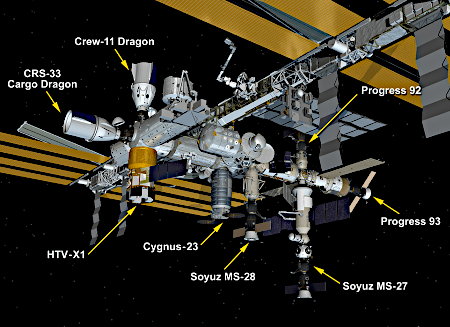Yesterday’s Senate nomination hearing for Jared Isaacman was irrelevant; America’s real space “program” is happening elsewhere

Billionaire Jared Isaacman
Nothing that happened at yesterday’s Senate hearing of Jared Isaacman’s nomination to be NASA’s next administrator was a surprise, or very significant, even if most media reports attempted to imply what happened had some importance. Here are just a small sampling:
- CNN: Trump’s NASA pick faces questions on leaked ‘Project Athena’ plan in rare second confirmation hearing
- UPI: NASA nominee Jared Isaacman affirms need to beat China to moon
- Washington Times: Jared Isaacman, Trump’s NASA nominee, sees lunar landing, space base as crucial to national security
- The Hill: NASA nominee refuses to say if Musk was in room when Trump offered job
- Space News: Isaacman, senators emphasize urgency in returning humans to the moon
- Reuters: Trump’s NASA pick stresses moon race urgency, pressed on Musk ties in Senate hearing
To be fair, all of these reports focused on simply reporting what happened during the hearing, and the headlines above actually provide a good summary. Isaacman committed to the Artemis program, touted SLS and Orion as the fastest way to get Americans back to the Moon ahead of the Chinese, and dotted all the “i”s and crossed all the “t”s required to convince the senators he will continue the pork projects they so dearly love. He also dodged efforts by several partisan Democrats to imply Isaacman’s past business dealings with Musk and SpaceX posed some sort of conflict of interest.
What none of the news reports did — and I am going to do now — is take a deeper look. Did anything Isaacman promise in connection with NASA and its Artemis program mean anything in the long run? Is the race to get back to the Moon ahead of China of any importance?
I say without fear that all of this is blather, and means nothing in the long run. The American space program is no longer being run by NASA, and all of NASA’s present plans with Artemis, using SLS, Orion, and the Lunar Gateway station, are ephemeral, transitory, and will by history be seen as inconsequential by future space historians.
» Read more














